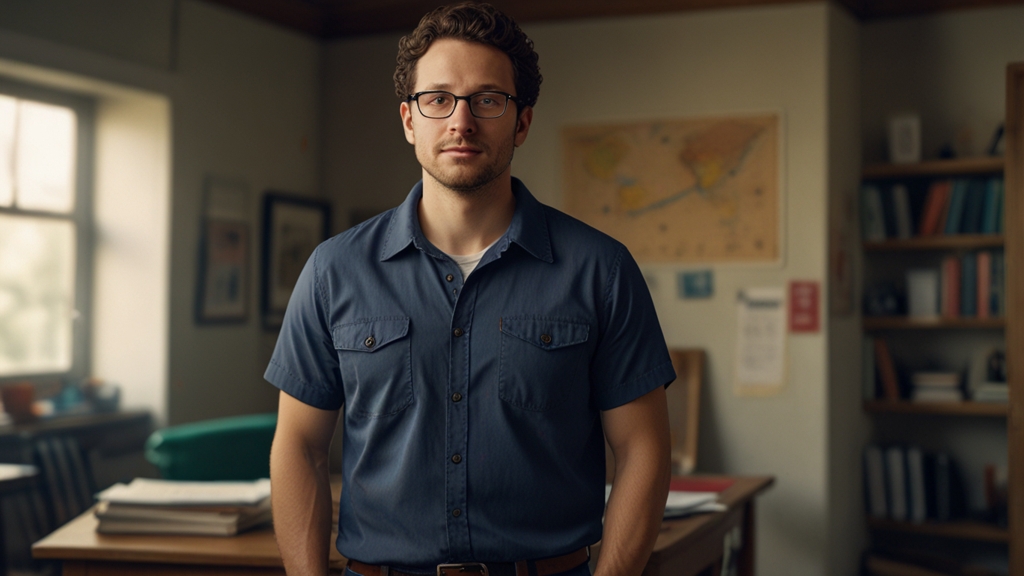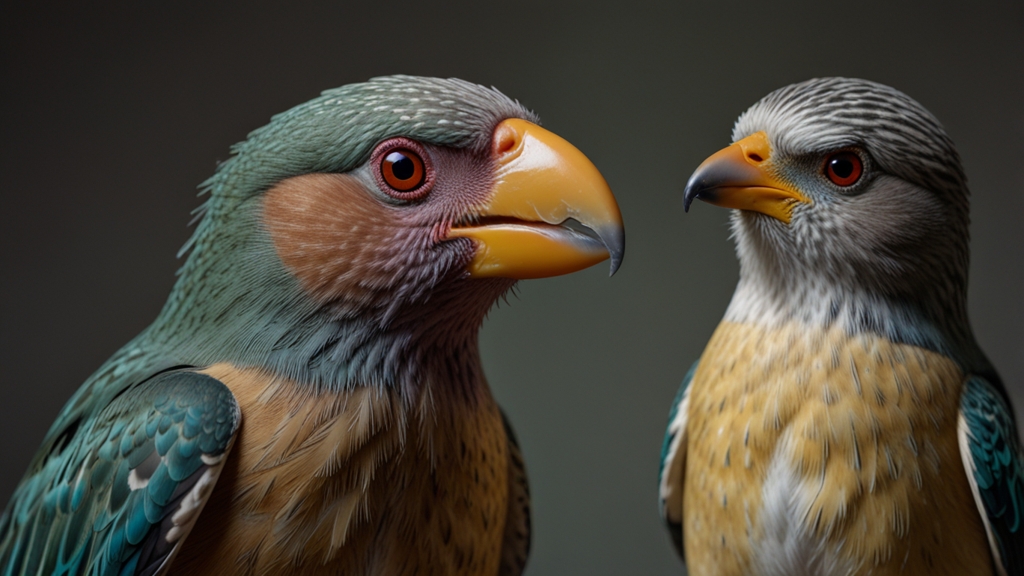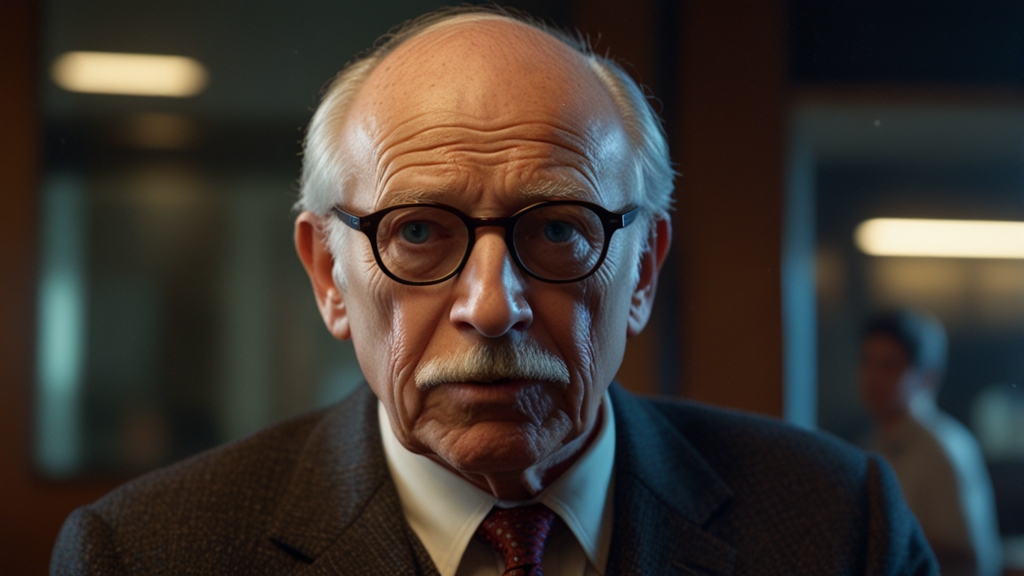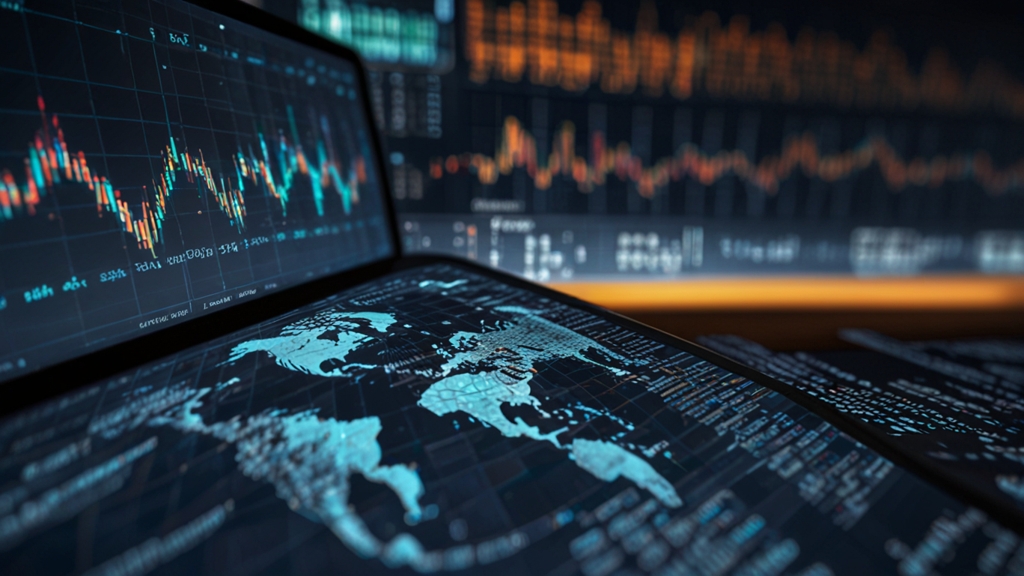How the World Wars Inspired a New Era of Art and Literature
The world wars of the 20th century were cataclysmic events that reshaped societies, economies, and politics across the globe. Beyond these tangible impacts, they also heralded a profound transformation in the realms of art and literature. The unprecedented scale of destruction and human suffering experienced during World War I and World War II profoundly influenced artists and writers, leading to the emergence of bold new movements and expressions that continue to resonate today.
The Impact of World War I on Art and Literature
World War I (1914-1918) marked a turning point in the cultural history of the 20th century. The brutality and trauma of trench warfare inspired a disillusionment that permeated the works of many artists and writers. The war's senseless destruction led to the questioning of previously held beliefs about war, heroism, and national pride.
"War is war, it’s not entertainment. You can’t if you’re a serious artist, stand back from it and just say, 'I will paint a picture and never mind the consequences of war.'" —Otto Dix
In the visual arts, this era saw the rise of Dadaism, an avant-garde movement that emerged in Zurich as a reaction against the horrors of war and the cultural and intellectual conformity that had led to it. Artists like Marcel Duchamp and Hannah Höch used absurdity and irrationality to critique a world they saw as senseless and chaotic. Meanwhile, German expressionists like Otto Dix and George Grosz created raw, graphic depictions of the war's devastation, revealing the stark, brutal reality of conflict.
In literature, the disillusionment of the post-war period was captured by writers such as Erich Maria Remarque and Wilfred Owen. Remarque's novel All Quiet on the Western Front offers a harrowing portrayal of the physical and psychological toll of warfare. Similarly, Owen’s war poetry, including works like “Dulce et Decorum Est,” stripped away romantic notions of combat, highlighting its gruesome and dehumanizing aspects.
The Influence of World War II on Art and Literature
World War II (1939-1945) further amplified the artistic and literary transformations that began in the wake of the First World War. The scale of the conflict, the rise of totalitarian regimes, and the Holocaust had a profound impact on creative expression, leading to new forms and themes that reflected the complexity of the age.
“In the concentration camp, I learnt that everything can be denied to man—but one thing: the last of the human freedoms—to choose one’s attitude in any given set of circumstances, to choose one’s own way.” —Viktor Frankl
Abstract expressionism emerged in the post-World War II era, an American art movement characterized by an emphasis on spontaneous, automatic, or subconscious creation. This movement, led by artists such as Jackson Pollock and Mark Rothko, sought to convey the emotional intensity and existential angst that the war had left in its wake. Their work was often seen as a response to the horrors of war and the complex, often contradictory feelings it evoked.
Literature from this period also grappled with similar themes. The war generated a wealth of powerful narratives, from the stark realism of Holocaust literature, exemplified by Primo Levi's If This Is a Man, to the existential reflections found in the writings of Jean-Paul Sartre and Albert Camus. Camus's novel The Plague, though not directly about the war, serves as an allegory for the Nazi occupation of France, exploring themes of human resilience and moral responsibility in the face of overwhelming atrocities.
Legacy and Continuing Influence
The influence of the world wars on art and literature is enduring. The conflicts of the early 20th century shattered old paradigms and accelerated the advent of modernism, postmodernism, and other movements that continue to shape cultural production. The wars forced a reconsideration of the human condition, prompting artists and writers to delve into subjects of identity, trauma, memory, and morality with renewed depth and complexity.
Today, the literature and art of the World War eras serve not only as historical records but as ongoing dialogues that challenge us to remember, reflect, and learn from the past. By engaging with the creative legacies of these turbulent times, contemporary artists and writers can find inspiration and cautionary tales that remain relevant in navigating the complexities of the modern world.












